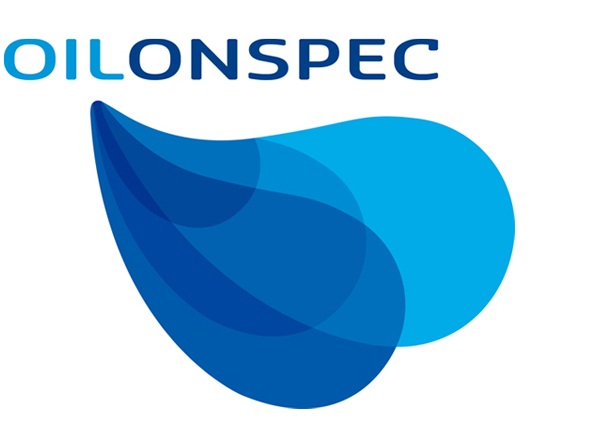BIOCIDE
Microbial contamination of fuels and its control growth of microorganisms in petroleum products has been recorded since 1895, causing fouling, malfunction and corrosion in storage tanks, pipelines, and engines. Early identification of contamination can help reduce significant damage to machinery and tanks.
Microbiological contamination consisting of bacteria, yeasts and moulds, are easily tolerated at low contamination levels. It is only when their numbers are not controlled that rapid infestation occurs.
BIOCIDE: YOU’LL NEVER HAVE TO GUESS ABOUT MICROBIOLOGICAL CONTAMINATION IN FUEL AGAIN.
There are six main areas of concern for microbiological infestation.
These are:
- Distillate fuel
- Lubricating oil
- Cooling water;
- Bilge water;
- Ballast water;
- Distillate cargoes.
CAUSES
WATER
The main requirement for microbial activity is water. The presence of free water can lead to rapid microbial growth after 1 week at 30°C. Airborne bacteria and fungi can readily enter fuel tanks through air vents, and multiply very fast in this bottom water phase. This is particularly likely to happen in diesel and gas oil tanks where it is impossible to exclude water altogether. Water enters these tanks by various methods, such as through condensation, rain water or water leakage or even with the fuel delivery.
NUTRIENTS
Hydrocarbons, chemical additives and bio-components in the fuel and lubricant act as their food source. In addition to this are nutritive matter found in contaminated water either fresh or seawater. Cargo residues, particularly from ships carrying cargo like fertilizers,
are also sources. The presence of rust and other particulates can promote growth.
TEMPERATURE
Warm engine room (15 -35°C) provides ideal breeding ground for microbial growth
ENVIRONMENT
Any condensation or water leakage completes the required environmental conditions for micro-organisms proliferation, since they live in a water phase but feed of nutrients within an oil phase. Given the ideal environment, a small number of microbial cells can multiply to produce a few kilograms of biomass in a very short period.
TYPE OF MICROBES
BACTERIA
They exist in two distinct groups: aerobic, which use oxygen to oxidize their nutrients, and anaerobic, which cannot tolerate oxygen. On the latter type, one strain,
called sulphatereducing bacteria is particularly virulent. They can only use simple carbon compounds therefore they require the presence of other microbes. They will produce hydrogen Sulphide in the presence of sulphur containing compounds such as sulphates found in seawater.
MOULD AND YEAST
Can be found in fuels, these microbes can also effectively be removed by OOS Fuelguard.
TREATING MICROBIAL CONTAMINATION
Microbiological analyses can be undertaken to determine whether harmful micro-organisms are present. If they are, the extent of contamination can be assessed and the appropriate remedial treatment can be taken at the following dosage rates:
- Slight contamination 150-200ppm
- Moderate contamination 200-250 ppm
- Heavy contamination 250-300 ppm
- MAINTENANCE TREATMENT
Biodiesel contains water in suspention and is hydroscopic. This organic environment stimulates microbial growth, which occurs even at low temperatures. As a maintenance dosage you can use OOS Fuelguard at a low concentration of 50-100 ppm, we advise to use 100 ppm; this dosage gives the best results in practice.
Contact us if you have any question about BIOCIDE


